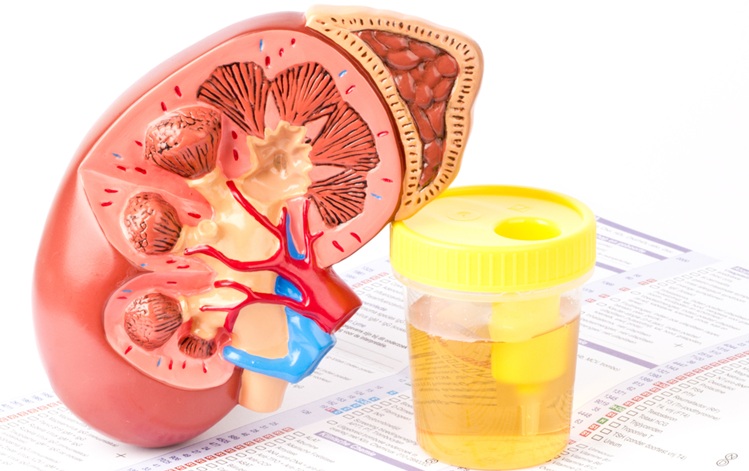Newly Identified Biomarkers Detect Subcortical Small-vessel Disease
Posted on 04 Apr 2022
Biomarkers have been identified that were able to differentiate between classical Alzeheimer’s disease and subcortical small-vessel disease (SSVD), which is the most common vascular cognitive disorder.
Since no disease-specific cerebrospinal fluid (CSF) biomarkers are available for SSVD, the aim of investigators at the University of Gothenburg (Sweden) was to identify such markers.

For this study, the investigators worked with 170 healthy controls and patients from the Gothenburg Mild Cognitive Impairment (MCI) study who had been clinically diagnosed with SSVD dementia, Alzheimer's disease (AD), or mixed AD/SSVD. The investigators quantified CSF levels of amyloid-beta (Abeta)x-38, Abetax-40, Abetax-42, as well as soluble amyloid precursor protein (sAPP)-alpha and sAPP-beta.
Results revealed that sAPP-beta was lower in SSVD patients than in AD patients and controls. Receiver-operating characteristic (ROC) analyses showed that sAPP-beta moderately separated SSVD from AD and controls. Moreover, the CSF/serum albumin ratio was elevated exclusively in SSVD and could moderately separate SSVD from the other groups. These results showed that SSVD had a biomarker profile that differed from that of AD and controls, and to some extent also from mixed AD/SSVD, suggesting that signs of blood-brain barrier dysfunction and sAPP-beta could be additional tools to diagnose SSVD.
First author Dr. Petronella Kettunen, associate professor of neurobiology at the University of Gothenburg, said, “When we combined the biomarker for vascular injury with the protein fragment we identified, the potential for separating patients with subcortical small-vessel disease from control subjects, patients with Alzheimer’s disease, and patients with mixed dementia was improved. Up to now, we have had no markers for subcortical small-vessel disease, which means that the disease could not be easily identified by testing samples of spinal fluid or blood. We have now opened up an opportunity to identify the disease, enabling help for this patient group in the form of lifestyle changes and blood pressure-reducing medication.”
The SSVD study was published in the March 25, 2022, online edition of the journal Alzheimer’s & Dementia: Diagnosis, Assessment & Disease Monitoring.
Related Links:
University of Gothenburg














